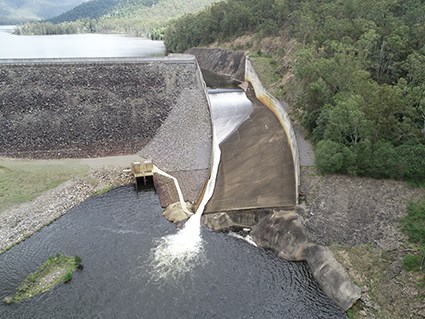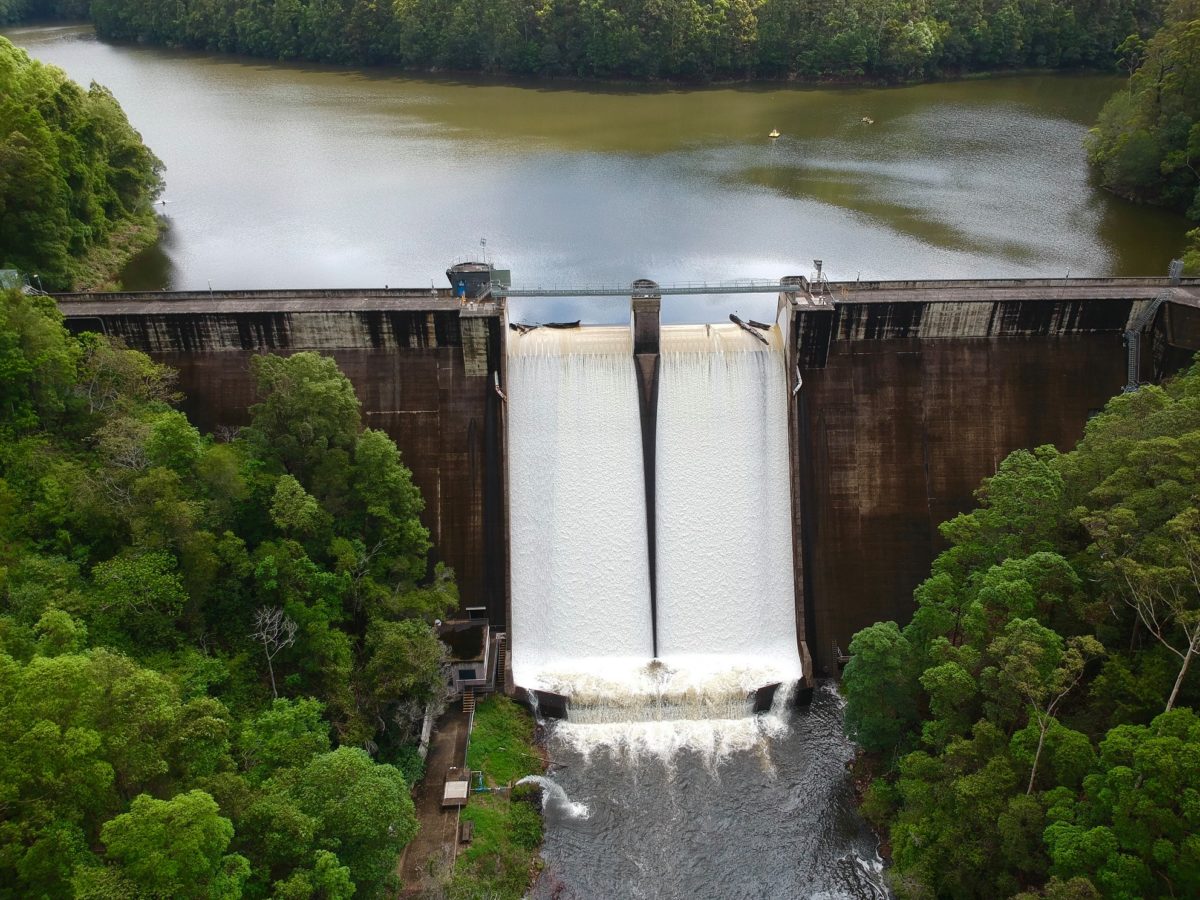Queensland Premier Annastacia Palaszczuk said the Borumba Dam pumped hydro project has the potential to be the state’s largest pumped hydro station. Borumba Dam has long been considered a prime location for a pumped hydro facility, with University of Queensland energy expert, Professor Simon Bartlett, identifying the site as ideal more than five years ago. Indeed, Premier Palaszczuk said her government is “prioritising” Borumba because of its existing dam infrastructure, land access and location within the Southern Queensland Renewable Energy Zone.
In light of last month’s Callide power station fire and subsequent blackout, the project seems to have taken on new urgency. Minister for Energy, Renewables and Hydrogen, Mick de Brenni, said the May crisis “proved” the importance of having pumped hydro as part of a diversified energy mix. “We were able to ramp up the Wivenhoe Hydroelectric Station to provide critical generation support and stabilise the network,” de Brenni said.
At 1 GW, Borumba would have double the generation and triple the storage of Wivenhoe, he added. The minister believes that if Borumba moves ahead, the Commonwealth should contribute to the capital cost.
“We’re talking about nation building infrastructure,” de Brenni said. “Every other state has had energy projects built by the Commonwealth – Queenslanders deserve their share.”
Queensland Treasurer Cameron Dick said the funds slated for making business case at Borumba would include detailed engineering and design, hydrological modelling, geological testing, an assessment of environmental impacts and community consultation. “We’re investing $22 million to potentially unlock a multi-billion-dollar construction project that would leverage billions more in clean energy investment and support thousands of jobs,” the treasurer said.
State-owned electricity transmission company Powerlink has been tasked with undertaking the business case, “given its understanding of the electricity market and experience delivering very large infrastructure,” the Queensland government’s media release said.
The business case is expected to take up to 24 months, with a submission expected in the second half of 2023.

Image: Seqwater
‘The kind of investment we need’ says Solar Citizens
Queensland-based community group Solar Citizens has warmly welcomed the news, calling it a “forward-thinking energy storage announcement”.
“Diversifying Queensland’s energy assets is exactly what energy experts have been calling for in the wake of the Callide C coal-fired power station fire,” Ellen Roberts, Solar Citizens’ National Director, said.
“Queenslanders are world leaders in the uptake of rooftop solar. Renewable storage options like pumped hydro and big batteries are smart investments that soak up excess solar energy during the day, making the most of cheap solar energy and ensuring grid stability.”
In the coming months, Powerlink will begin engaging with a range of stakeholders as part of its initial works, including state-owned Seqwater, the Department of Environment and Science, local government, local community, environmental groups and Traditional Owners.
“Conservation of national parks and protected areas will be prioritised and Powerlink will be actively working with First Nations and Conservation groups to explore all options and ensure appropriate environmental offsets are identified,” the Queensland government said.
Pumped hydro plans ramp up
In January, GE Renewable Energy announced it’s with Australian-based consortium BE Power to co-develop the 400 MW Big T pumped hydro storage project at Cressbrook Dam, about 200kms away near Toowoomba in southern Queensland.
Likewise, Genex Power’s 250 MW Kidston Pumped Hydro Storage Project in far north Queensland is also progressing.
This content is protected by copyright and may not be reused. If you want to cooperate with us and would like to reuse some of our content, please contact: editors@pv-magazine.com.









2 comments
By submitting this form you agree to pv magazine using your data for the purposes of publishing your comment.
Your personal data will only be disclosed or otherwise transmitted to third parties for the purposes of spam filtering or if this is necessary for technical maintenance of the website. Any other transfer to third parties will not take place unless this is justified on the basis of applicable data protection regulations or if pv magazine is legally obliged to do so.
You may revoke this consent at any time with effect for the future, in which case your personal data will be deleted immediately. Otherwise, your data will be deleted if pv magazine has processed your request or the purpose of data storage is fulfilled.
Further information on data privacy can be found in our Data Protection Policy.